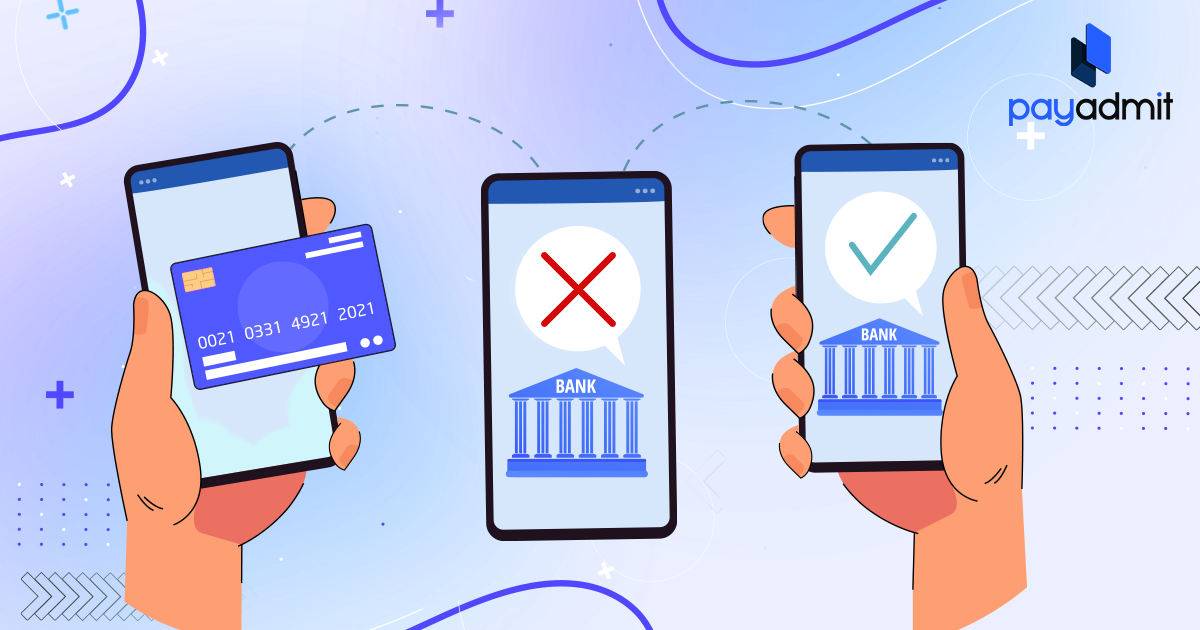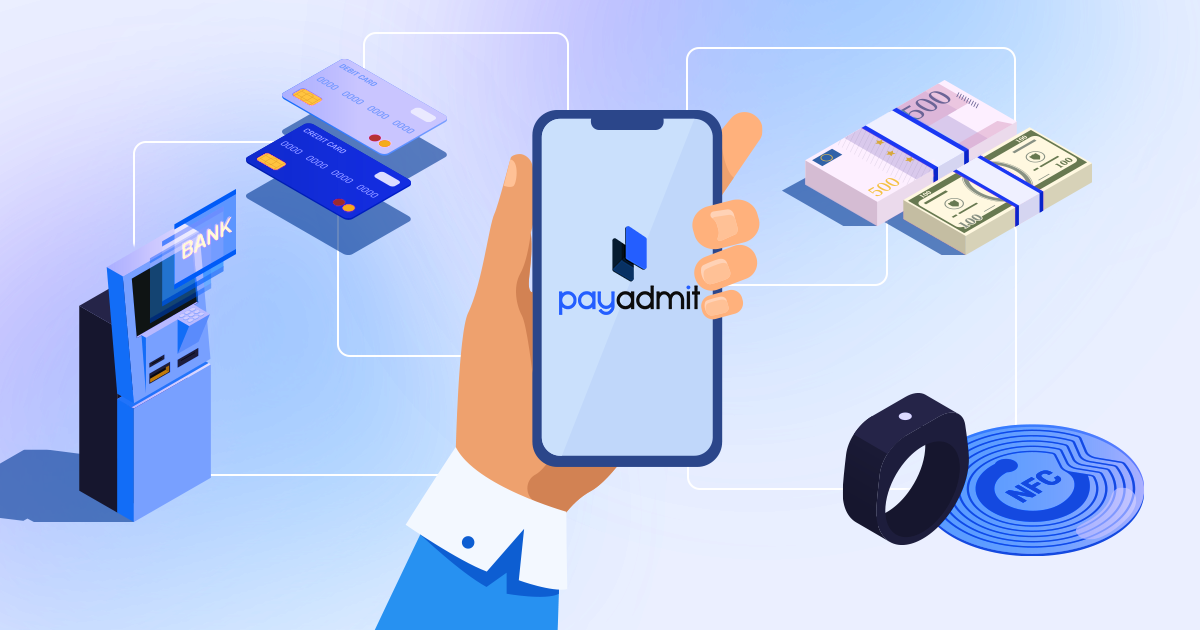Cash replenishment of the account or pay in debt is standard practice. Cash deposited into a current account addresses the issue of almost any firm needing further financial infusions at the beginning of its existence.
What is it?
What is the pay? According to the dictionary, the deposit of money into a bank account is referred to as paying in. This concept also applies to the stock market as "pay-in" refers to anything that appears on the stock market. When a customer has to raise the amount on their account with the financial company, balancing the cash drawer is frequently used as a definition. Payment-in-kind is using a good or service as payment instead of cash.
How does it work?
When the customer pays in the credit, the agreed-upon sum of money is obtained by the bank representative of the cardholder. The client fills out the form if they are eager to pay. It comprises the owner's account number, the date, and information about the deposit. In most cases, the invoice or bill arrives before payment. Recipients can choose how they want to be paid most of the time.
Pros and cons
Benefits:
- Cash payments are accepted with pay-in methods.
- Payin is a practical payment method, and they are simple to store.
- Pay-in economic transactions are streamlined.
One of the drawbacks is that a commission is frequently assessed for the foreign currency exchange process when the payment is made in a foreign currency. According to the bank, card issuer, and the store where the purchase was made, these costs can be substantially more significant than the usual 2 to 3 percent of the entire payment.




